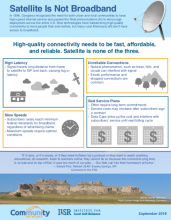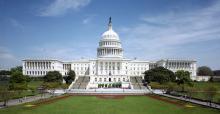Worth Reading: FCC Worsens Digital Divide
For all their attempts to tout their accomplishments, the current FCC under Chairman Ajit Pai is failing miserably at the their promise to shrink the digital divide in America. In a recent commentary in The Hill, policy and program manager for Next Century Cities Cat Blake explains how, rather than reducing the gap between Internet haves and have-nots, policy changes under the new administration is making the problem worse. Cat offers a few specific examples of policies and actions taken by the current FCC that have not only aggravated the problem of digital inclusion, but masked the realities of its severity.
Lifeline Under Attack
The federal Lifeline Program offers subsidies for phone and Internet access connections for low-income folks. Blake writes that this tool, one of the most effective in allowing people to obtain access to the Internet, is one of Pai’s targets — a big target:
Pai’s proposed changes would cut off approximately 70 percent of the 10 million program participants — including approximately 44,000 individuals in DC alone — widening the digital divide among the country’s most vulnerable populations. Lifeline is the only federal program that provides subsidies to disadvantaged Americans for 21st century communications services and it is relied upon by victims of domestic violence, military veterans, homeless youth and others to stay connected.
Broadband Deployment
Pai has continuously claimed that the current FCC has “taken significant steps to expand broadband deployment in previously unserved parts of our country.” While the 2018 Broadband Deployment Report offered a six percent increase in the number of people with access to broadband — increasing to 95 percent — Blake notes that the increase wasn’t purely due to deployment:







 The agency proposed reversing a policy established by the Obama administration’s FCC which
The agency proposed reversing a policy established by the Obama administration’s FCC which 
